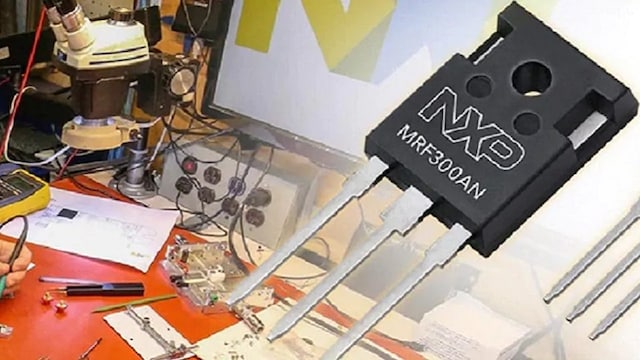Author

NXP
At NXP, innovation is always now, but our focus is always the future. Our dedicated team of experts is united by a passion to make everyday life more remarkable through technologies that continually redefine life as we know it.

While writing a recent press release for NXP on an amazing new online UHF PCB antenna design tool I started to remember my own learnings from college. As a young student studying radio and radar engineering I was always intrigued by antennas and communications-focused electronics, yet I remember my brains turning to mush when learning about UHF design. I recalled that UHF antenna design was an incredibly complex and sensitive process – small changes have a big impact in performance and it took ages to get the design just right. With the surge in using RFID technology in consumer electronics there are an increasing number of designers facing these same challenges.
The thing with UHF antenna design is that it is full of compromises. One size does not fit all and requirements have to be traded off against each other in order to get something that functions the way you want it to.
First off, you need to think about where the end product, which could be a laptop or tablet, will be used. Looking at frequency allocation for RFID – Europe has a different band (866-869 MHz) to the US (902-928 MHz) for example. Japan, China and other Asia-based countries have their own allocated bands. The embedded antenna design could be different for each of these regions.
Size and form factor are also important design constraints to consider. When integrating RFID functionality into consumer electronics then size is a major factor. As you’ve seen, electronics are getting smaller and smaller so finding ‘free’ space on a PCB is virtually impossible. Unfortunately a good UHF antenna either needs a lot of board space or the designer needs to shorten it by twisting and turning the design – which sounds, and is, incredibly complicated. In addition you have to consider the actual material of the PCB and the impedance of the targeted UHF chip as this also has an effect on the performance.
As you might have guessed (remember the ‘compromise’ statement earlier?), making the UHF antenna design smaller so that it can actually fit on the PCB has a direct impact on the antenna bandwidth. Ideally the base design should be such that the UHF antenna is able to cover all global frequency ranges (860 – 960 MHz) however, its performance will not be constant. The designer will need to run many simulations to find the most acceptable design, based on these design constraints and their own performance requirements. Fine tuning of the design takes time and in-depth knowledge – with neither being typically found in a consumer electronics company.
Now, the really great news is that these design challenges will become a ‘thing of the past’. The new online RFID – PCB Antenna Designer tool from NXP aims to make UHF antenna design as easy as 1, 2, 3 – taking away the angst of balancing design constraints to develop a good, functional UHF antenna. With the RFID – PCB Antenna Designer you simply input your design parameters, such as space available on the PCB, target performance, board materials and target frequency range. The tool then provides you with a turnkey UHF antenna design that meets all the requirements for your target application. Additionally the tool offers a comprehensive overview of all the features of NXP’s UCODE portfolio helping you pick the right UCODE product.
So if you are thinking about embedding an RFID tag into your next product design then take a look at the tool – your engineering teams will certainly thank you for it. As for me, I’m happy that the UHF antenna design stuff is now easier to get your head around. I never did like mushy brains…

At NXP, innovation is always now, but our focus is always the future. Our dedicated team of experts is united by a passion to make everyday life more remarkable through technologies that continually redefine life as we know it.

2019年10月22日
by Joseph Byrne

2019年11月22日
by Megan Faust

2020年3月9日